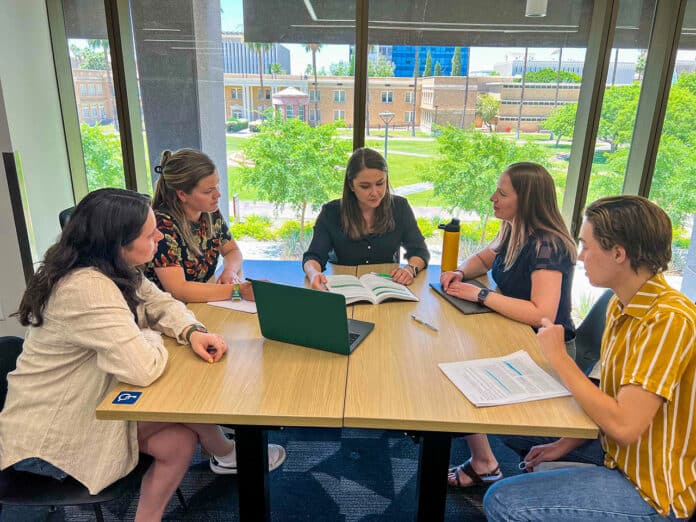Women working as STEM instructors are more likely than men in the same profession to disclose to their undergraduate students identities which could carry stigma, such as depression or growing up in a low-income household. In the new study, published July 19, 2023 in the open-access journal PLOS ONE, Carly Busch of Arizona State University, USA, and colleagues suggest that these decisions to disclose may be in order to act as role models for students.
Concealable stigmatized identities (CSIs) are identities that can be hidden and may carry negative stereotypes when revealed. This study investigated how gender might affect the ways science and engineering instructors who hold CSIs navigate teaching.
The authors surveyed science and engineering university instructors teaching undergraduates across the US, with a focus on eight CSIs stigmatized in academic science as well as broader US culture: lesbian, gay, bisexual, and queer (LGBQ+) identities; depression; anxiety; struggling academically; growing up in a low income household; transferring from a 2-year institution; being a first generation college student; and having a disability. They asked instructors to rate each CSI’s perceived stigma, as well as the extent to which they revealed any relevant CSIs to all, some, or none of the students in their last undergraduate class.
Over 2,000 instructors responded to the survey. 38 percent of the responding instructors were women and 58 percent men (other gender identities were excluded from the final analyses). After accounting for race, age, and teaching appointment, women were more likely than men to report having CSIs including depression, anxiety, and having a disability, though less likely to report being a first generation college student or transferring from a community college.
Women had almost 1.5 higher odds than men of revealing CSIs to at least some students—particularly that they had depression, grew up in a low income household, or were first generation college students. Women also rated CSIs, in aggregate as well as individually, as more stigmatized than did men.
Perceiving CSIs as more stigmatizing has been linked to increased concealment behavior in general population settings, in contrast to the current study’s findings. The authors suggest that female science and engineering instructors may be more willing to divulge CSIs to some students in order to act as role models in a space that has been historically unwelcoming to marginalized identities.
Sara Brownell adds: “With concealable stigmatized identities, students will not know whether an instructor could be a role model without that instructor disclosing this information. Women are carrying the burden of revealing and normalizing that one can have these identities and still be successful in science, but also may be opening themselves up to greater bias and stigma.”
Carly Busch adds: “Understanding the differences in how men and women manage their CSI disclosure while teaching undergraduate STEM courses is an important consideration as we learn more about the impact of role models in science on undergraduates, especially those who carry identities which are contrary to the stereotypical scientist. Women and girls who have seen a scientist of the same gender have shown improved outcomes, and this study lays the foundation to explore the impact of role models with invisible identities on students who share the same identity.”
Journal Reference :
- Busch CA, Cooper KM, Brownell SE (2023) Women drive efforts to highlight concealable stigmatized identities in U.S. academic science and engineering. PLoS ONE 18(7): e0287795. DOI: 10.1371/journal.pone.0287795
